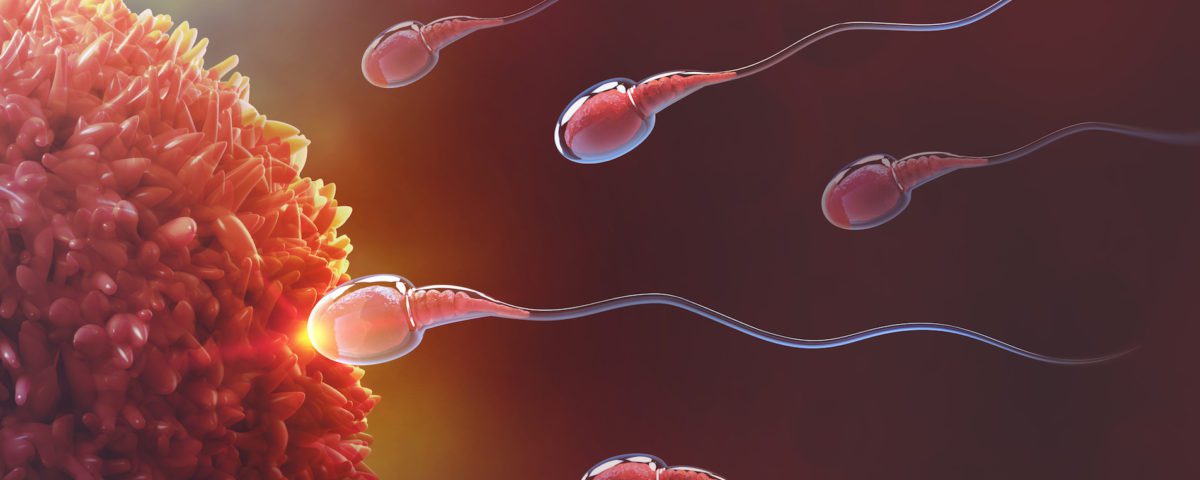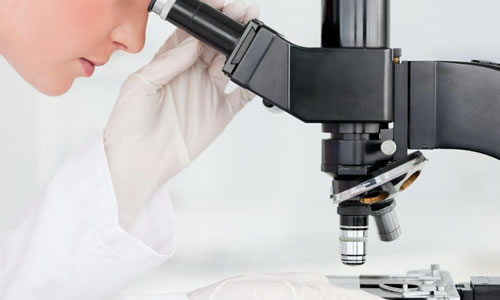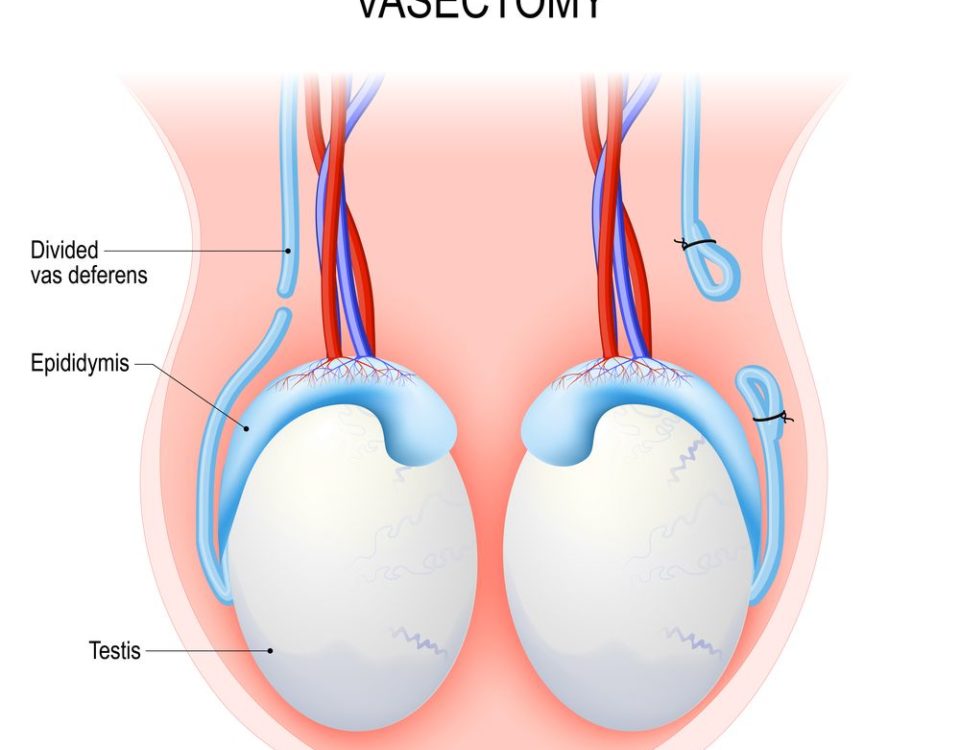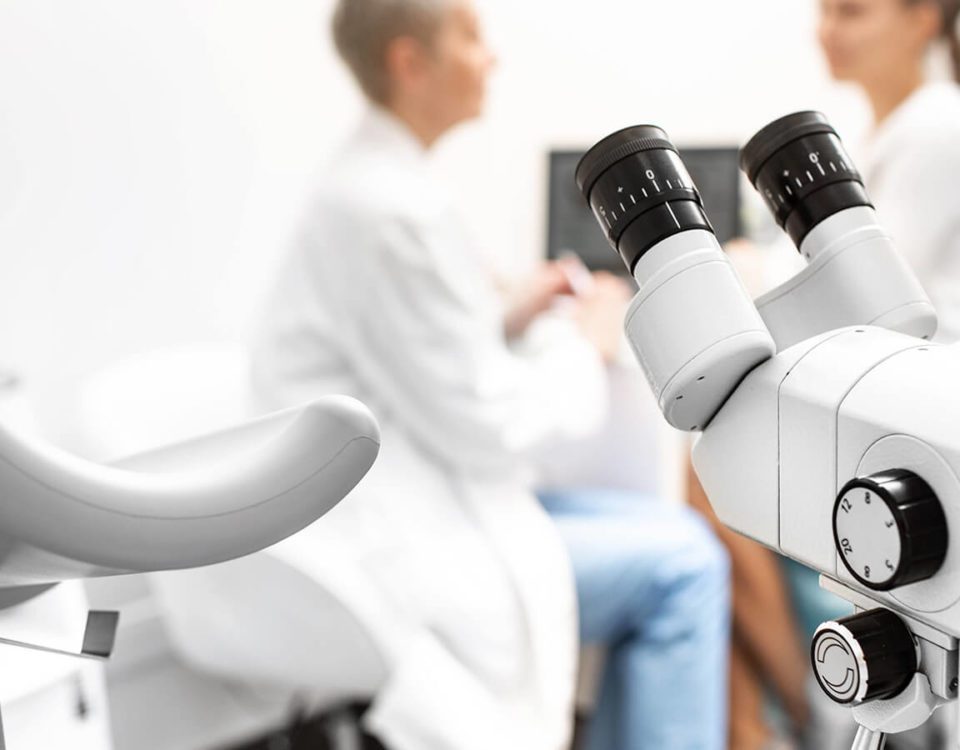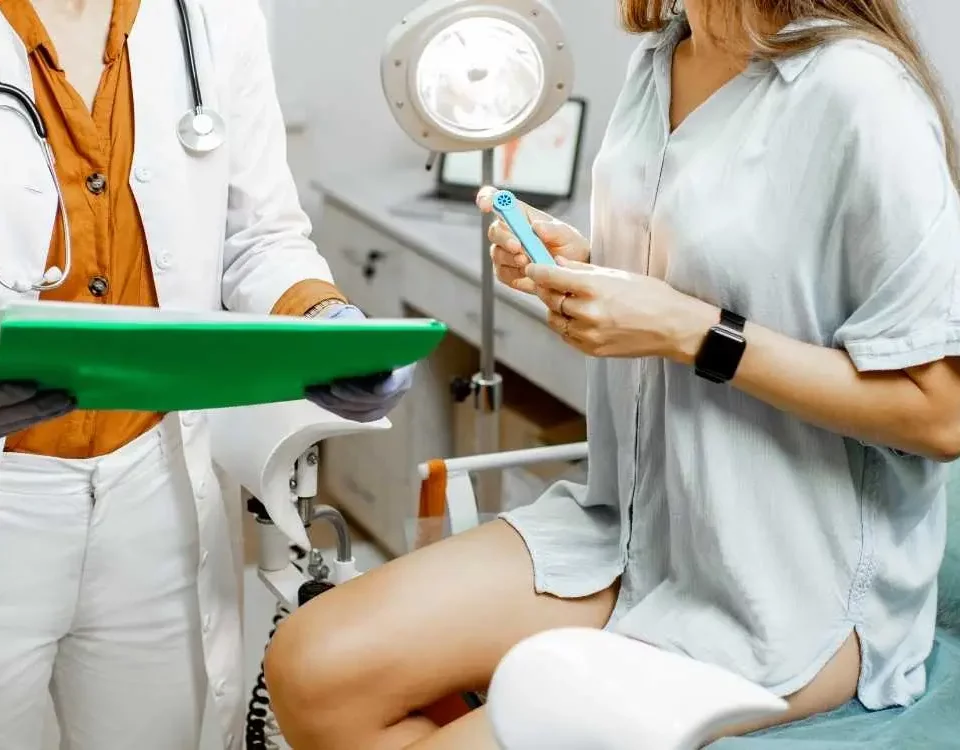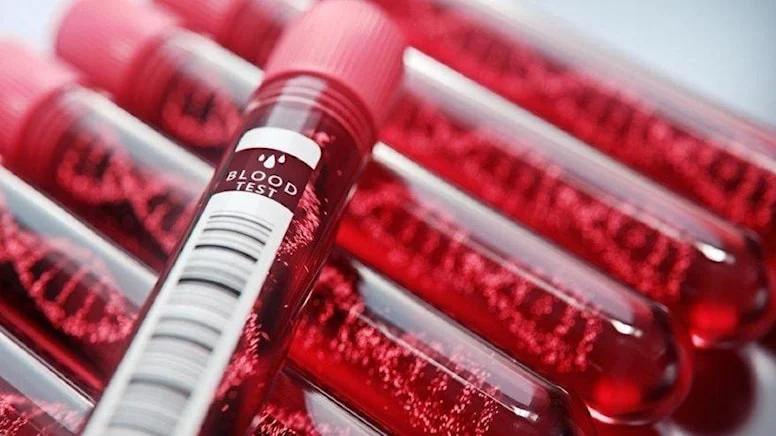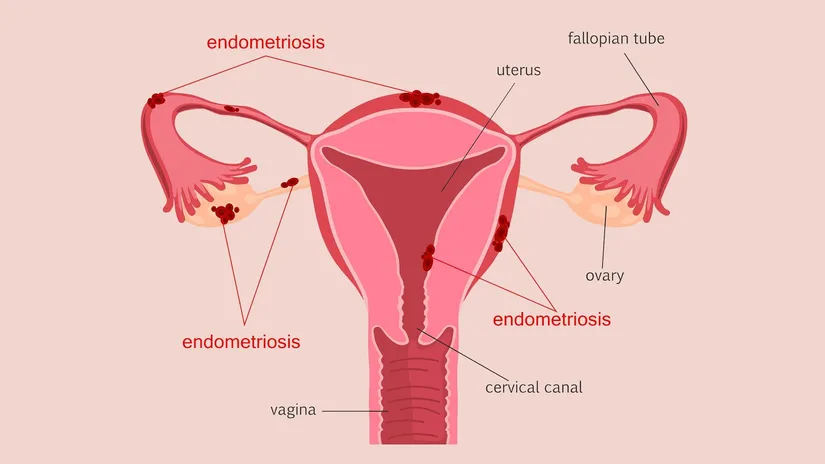Sperm genetics, which are as valuable as a woman’s egg, can prevent pregnancy when damaged or defective. It is possible to get information about problems such as structural or numerical disorders, genetic mutations, or no sperm in semen by analyzing sperm in men. However, these analyzes do not provide information about the structure of DNA. In order to obtain information about DNA damage in the sperm, a sperm DNA damage test can be performed to obtain information about breaks in the DNA chain. Men with high DNA damage are associated with impaired fertilization, embryo development and embryo quality in IVF treatments and miscarriages experienced by the expectant mother.
What Causes Sperm DNA Damage?
Unhealthy living conditions are one of the leading causes of sperm DNA damage. Smoking, excessive alcohol and caffeine consumption, advanced age, history of chemotherapy and radiotherapy, exposure to radiation, infections, certain medications, toxic chemicals and pesticides, prolonged sexual intercourse, lack of ejaculation, living in polluted air, prolonged computer use, continuous work in hot environments can cause sperm DNA damage. Apart from these factors, sperm DNA damage can also be seen during sperm production as the sperm may not fully mature or incorrect/incomplete regulation of proteins may cause breaks in the DNA chain.
Sperm DNA damage test can be applied in cases of unexplained infertility, couples with slow embryo development, recurrent IVF/ICSI failure, recurrent miscarriages, and patients with abnormal embryo development.
Treatment of Sperm DNA Damage
Some causes of sperm DNA damage are incurable, but if the cause is due to free radicals, therapeutic approaches can be used to reduce the levels of DNA damage. Changes in lifestyle and dietary habits, for example, will help to reduce levels of DNA damage. However, if there is an infection, the use of antibiotics, reduction or cessation of smoking and alcohol consumption, consumption of foods containing antioxidants and vitamin C, varicocele treatment, vitamin E support, testicular sperm aspiration, clomiphene citrate and antioxidant treatment are among the treatment methods to reduce sperm DNA Damage and as a result of these methods, the chance of having a baby is increased by using non-damaged sperm, if available.


